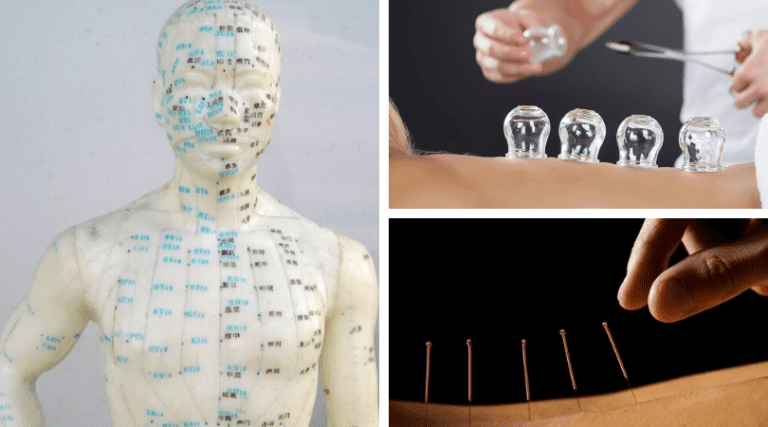
Dry Needling is Not Acupuncture
The confusion between dry needling and Acupuncture is something I’ve been wanting to clear up. Mainly because people will say to me, “I have tried acupuncture” when in fact it is dry needling they have had not Acupuncture. Acupuncture is very different and involves much more than dry needling.
Dry needling is a needling technique rarely used by Acupuncturists but is employed by other modality therapists as an adjunct therapy to their main modality. Dry needling works only on musculoskeletal conditions specifically muscle shortening (spasm) as a muscle trigger point therapy. In contrast Acupuncture is effective in all health conditions. Dry needling is limited in its application so Acupuncturist access many other needling techniques more suited to repairing and relieving injury, pain, inflammation and muscle spasm. Only Acupuncturists with qualifications (4-year Degree or Master) in Acupuncture can practice Acupuncture. Acupuncturists are specifically trained in needling technique as their main modality and spend their whole time honing their needling skill.
In an Acupuncture treatment needles are used to dip into wells of Qi (Chi) or in western terms more simply explained as pools of “electromagnetic” energy. Science now recognises that the body is predominantly energy, and activity in the body is dominated by electromagnetic reaction not chemical reaction. It makes sense then when treating a health imbalance that we apply therapy to the energetic or electromagnetic site of imbalance rather than the chemical. In comparison drug therapy interferes with chemical reactions in the body.
The art of Acupuncture is underpinned by a philosophy, which explains the movement of Qi and how it is influenced by the environment. Each point has an application and function and these points are used together to enhance the therapeutic effect. These points are along energy channels in the body known as meridians. Points along the channels were chosen due to being a greater source of and influence on Qi. The idea is to use points which have the strongest beneficial effect on Qi. Dry needling technique does not take advantage of this philosophy or knowledge of the best needling practice indicated for each individual condition. Dry needling uses local points not necessarily on a meridian and relies on triggering a local response in the muscle. It does not work on the point which is best connected to the issue and doesn’t address the cause of the problem. What is notable is even the most basic needling techniques like dry needling achieve results indicating the effective potential of Acupuncture needling and bio-energy therapeutics.
Long term benefits of Acupuncture are well documented by ancient and modern research and recognised by the WHO. “For thousands of years, long before Western scientists discovered the laws of quantum physics, the Asians have honoured energy as the principal factor contributing to health and well-being.” Bruce H. Lipton, PhD, The Biology of Belief. The influence of Quantum Mechanics on biology and health deserves its own article… let’s get together again and I will look at it in more detail next time.
